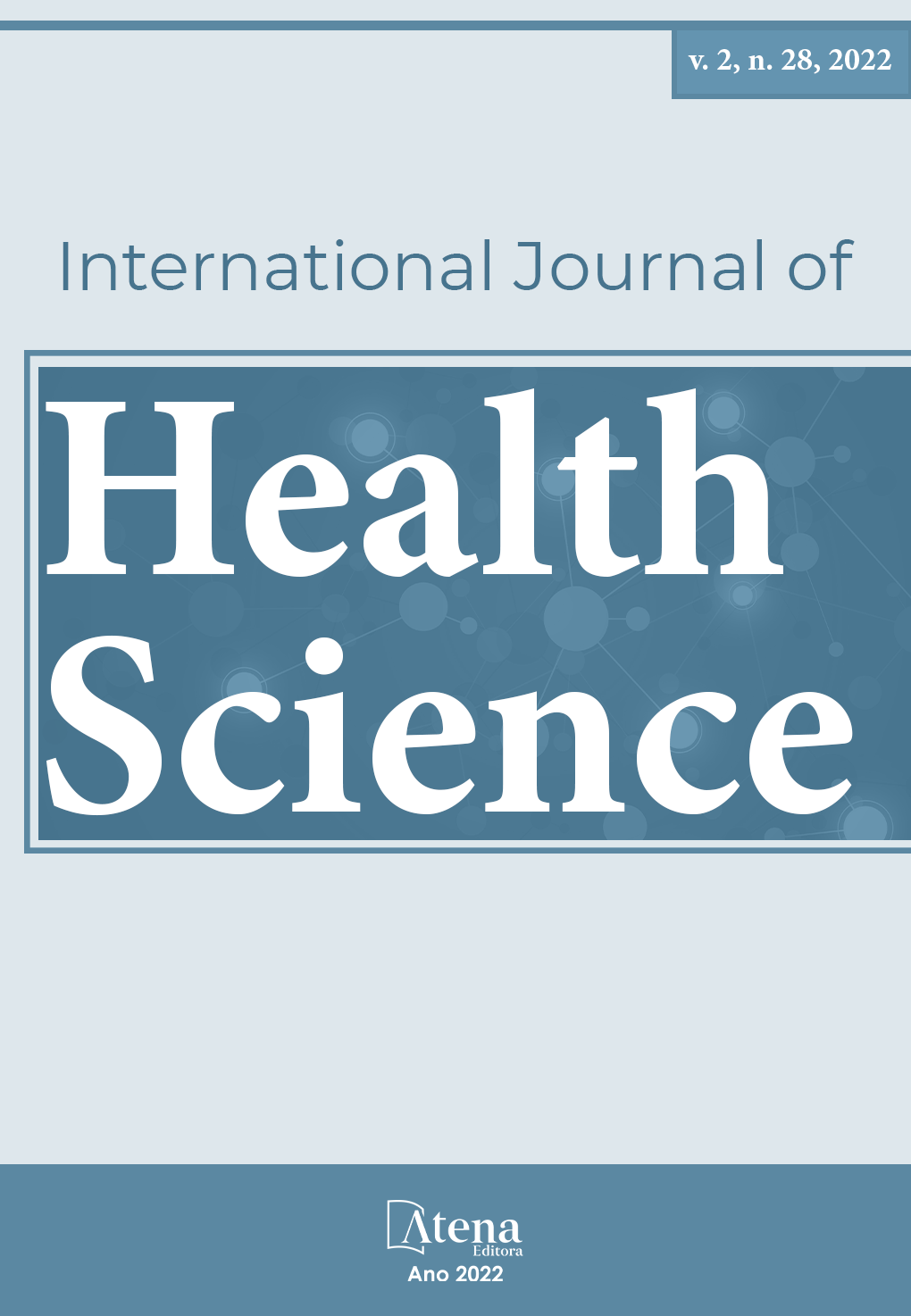
VIRAL AND BACTERIAL PHARYNGOTONSILITIS: DIFFERENTIAL CLINICAL ASPECTS
INTRODUCTION: Acute pharyngotonsillitis (FT) is defined as an infection of the pharynx and/or tonsils that can be caused by a range of pathogens. When the infection is viral, there is no specific treatment. Because it is a self-limiting disease in 5 to 7 days and has a good prognosis in previously healthy children, general measures are more indicated in these cases: hydration, symptoms for pain and/or fever, preventive measures and observation. However, although most bacterial infections are also benign and self-limiting, a small number of patients infected with some strains of hemolytic beta group A Streptococcus can complicate matters. Given this risk, early treatment with antibiotics is well indicated. Despite this, the abusive use of antibiotics has globally worried health authorities. Therefore, the current study aims to demystify differential clinical aspects of the manifestation of TF in order to improve medical accuracy in choosing the most appropriate treatment. METHODOLOGY: This is a literature review initiated from the selection of the main etiological agents for pharyngotonsillitis based on the incidence in scientific literature of its different types (viral or bacterial). Among the inclusion criteria, studies with description of clinical history and/or physical examination for the disease were selected. Finally, a literature review of the main data related to. RESULTS: The age group does not exclude the possibility, but it confirms it as a favorable factor for differentiation. In children under 3 years of age, the incidence of viral infections is much higher than that of bacterial origin. Children with viral infections also manifest more extra-pharyngeal symptoms, such as nasal discharge, conjunctivitis, cough, hoarseness, diarrhea, ulcerations, or others. In addition, high fever, sudden onset, intense odynophagia, petechiae on the palate, and cervical adenopathy that is painful on palpation are more frequently associated with bacterial infection. Currently, one of the most used clinical tools to indicate the possibility of the etiologic agent and, consequently, the need for treatment with antibiotic therapy, is the McIsaac Modified Centor Score. CONCLUSIONS: The difference in management makes a thorough clinical diagnosis important, despite the recommendation to use complementary exams, to avoid the irrational use of antibiotics - which already represents a situation of global alert. Finally, literature review studies such as this one allow to support medical practice with more illustrative and objective information, whose expected result involves the improvement of the clinical diagnosis and, finally, the more accurate and rational prescription of antibiotics in cases of TF.
VIRAL AND BACTERIAL PHARYNGOTONSILITIS: DIFFERENTIAL CLINICAL ASPECTS
-
DOI: 10.22533/at.ed.1592282207065
-
Palavras-chave: Viral pharyngotonsillitis. Bacterial pharyngotonsillitis. Clinical condition. Diagnosis. Differential diagnosis.
-
Keywords: Viral pharyngotonsillitis. Bacterial pharyngotonsillitis. Clinical condition. Diagnosis. Differential diagnosis.
-
Abstract:
INTRODUCTION: Acute pharyngotonsillitis (FT) is defined as an infection of the pharynx and/or tonsils that can be caused by a range of pathogens. When the infection is viral, there is no specific treatment. Because it is a self-limiting disease in 5 to 7 days and has a good prognosis in previously healthy children, general measures are more indicated in these cases: hydration, symptoms for pain and/or fever, preventive measures and observation. However, although most bacterial infections are also benign and self-limiting, a small number of patients infected with some strains of hemolytic beta group A Streptococcus can complicate matters. Given this risk, early treatment with antibiotics is well indicated. Despite this, the abusive use of antibiotics has globally worried health authorities. Therefore, the current study aims to demystify differential clinical aspects of the manifestation of TF in order to improve medical accuracy in choosing the most appropriate treatment. METHODOLOGY: This is a literature review initiated from the selection of the main etiological agents for pharyngotonsillitis based on the incidence in scientific literature of its different types (viral or bacterial). Among the inclusion criteria, studies with description of clinical history and/or physical examination for the disease were selected. Finally, a literature review of the main data related to. RESULTS: The age group does not exclude the possibility, but it confirms it as a favorable factor for differentiation. In children under 3 years of age, the incidence of viral infections is much higher than that of bacterial origin. Children with viral infections also manifest more extra-pharyngeal symptoms, such as nasal discharge, conjunctivitis, cough, hoarseness, diarrhea, ulcerations, or others. In addition, high fever, sudden onset, intense odynophagia, petechiae on the palate, and cervical adenopathy that is painful on palpation are more frequently associated with bacterial infection. Currently, one of the most used clinical tools to indicate the possibility of the etiologic agent and, consequently, the need for treatment with antibiotic therapy, is the McIsaac Modified Centor Score. CONCLUSIONS: The difference in management makes a thorough clinical diagnosis important, despite the recommendation to use complementary exams, to avoid the irrational use of antibiotics - which already represents a situation of global alert. Finally, literature review studies such as this one allow to support medical practice with more illustrative and objective information, whose expected result involves the improvement of the clinical diagnosis and, finally, the more accurate and rational prescription of antibiotics in cases of TF.
-
Número de páginas: 10
- Marina Déda Peixoto Leite
- Gabriela Alves de Souza Santos
- Bruna Almeida de Souza Morais
- Alessandra Isabella Santiago Silva Moura
- Beatriz Azevedo Santos
- Eduarda dos Santos Lima
- Leticia Fernandes Silva Santana
- Arthur Hebert Dantas Santos
- Chrislaynne Oliveira Santana
- Ana Cláudia Leal Cavalcanti
- Karinne Simões da Cruz Santos
- Gabriela Menezes Gonçalves de Brito


